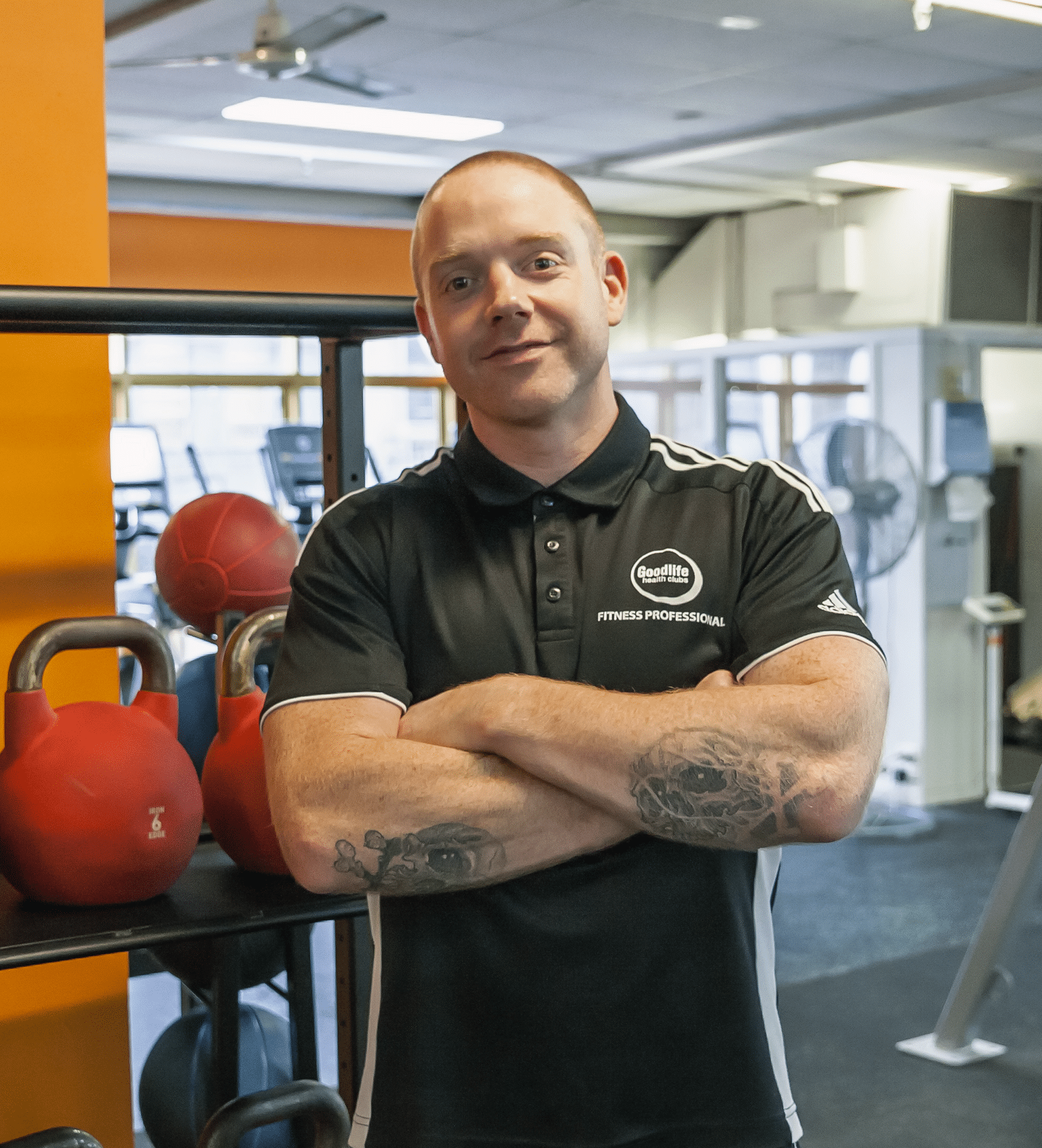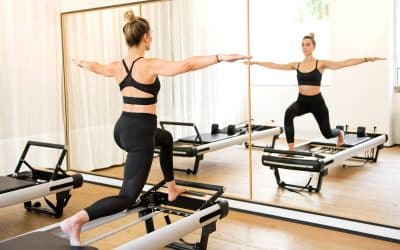We all know that food intake is an important part of maintaining fitness and losing weight. But what’s the best way to track food intake? From counting calories to intuitive eating, watching your macros to focusing on portion control, there’s lots of advice on how food impacts weight loss. Today we’re looking at 3 methods for monitoring your food intake, and which method might suit you best.
Tried and true: Counting calories and macros
Probably the oldest trick in the fitness industry when it comes to food, calorie counting is where you set yourself a limited number of calories each day based on your height, weight, age, activity level, and goals. Counting macros is similar, except the calories are divided into three categories – proteins, carbs, and fats.
In order for calorie and macro counting to be accurate, it’s best to weigh or measure your foods so you can get precise readings on how many calories and/or macros are in each meal. You’ll then need to consult a health database to find out how many calories or macros are in your portions. Eventually, you’ll learn the calories consumed in your most common foods and may only to look up foods you consume less frequently.
Research shows that calorie counting works, with people losing up to 5% of their body weight without any other dietary counselling. However, it’s definitely not for everyone.
Generally speaking, calorie or macro counting is good for:
- Short-term use – counting calories for a few weeks will help you learn more about your eating habits and appropriate portion sizes.
- People with precise goals – if you’re a jockey or a weightlifter needing to monitor your weight exactly, counting calories is a great way to maintain your weight precisely.
- People who are good with numbers (without an emotional attachment) – if you enjoy the process of collecting data and monitoring changes in your health and fitness, calorie counting could be for you. However, it’s important that you don’t assign a moral value to the numbers, or see them as “good” or “bad” values.
Calorie and macro counting is not good for:
- Most people – the fact is, sticking to a strict calorie or macro regime is hard work. Most people simply won’t stick to it, either because they don’t enjoy the maths involved, or they don’t like having to precisely track every single thing they eat.
- People who have a difficult relationship with food or are overly self-critical – It’s really important when counting calories and macros that you don’t end up with unhealthy habits like binge eating or moralising food. A good health and fitness journey will see you enjoying what you eat, having a healthy relationship with it, and using nutritious food to fuel your body. If you tend to be self-critical, have experienced disordered eating in the past, or have had an eating disorder, we’d advise you to steer clear of counting the numbers and instead use a different method to monitor your food intake.
Use what you’ve got: hand portions
Another way to monitor your food intake that involves no number counting is using hand portions. Rather than measuring or weighing your food, you instead use your hand to gauge portion size. There are four types of hand portions for different types of foods, designed to count your calories and macros for you, but in a less controlled, number-focused way.
The four hand portions are:
- Protein – use the size of your palm to monitor your protein intake
- Vegetables – use the size of your fist to monitor your vegetable intake
- Carbs – use the size of your cupped hand to monitor your carb intake
- Fat – use the size of your thumb to monitor your fat intake
If you’re interested in trying hand portions, start with an online tool like the Precision Nutrition Calculator to learn how many hand portions of each food type you should aim for in each meal, based on your age, weight, activity levels, and fitness goals.
Hand portions aren’t as accurate as counting calories or macros, but they are close enough for most people. Hand portions are also much easier to track (you do take your hands everywhere with you), causing less stress to those practicing this method, and keeping people motivated for longer.
Hand portions are good for:
- Most people – even if you’re busy or feel run off your feet, hand portions are an accessible food intake tool that is much easier to use consistently than other methods.
- Most body compositions – unless you need a precise result like our examples above, hand portions are a good option for most people looking to lose weight, tone up, or simply watch what they eat.
Hand portions are not the best method for:
- People with precise goals – if you’re a professional athlete or model, chances are you have very specific targets and goals for your weight, look, and overall fitness. If you have a tight deadline or target, calorie and macro counting may be a better option for you.
The new kid on the block: intuitive eating
Intuitive or mindful eating requires you to listen to your body, paying attention to the feelings, sensations and experience you have when eating. Originally designed to help improve your relationship with food, intuitive eating is a great way to learn whether you’re hungry or not, when you’ve eaten enough, and what types of foods you should eat.
Mindful and intuitive eating aren’t necessarily focused on weight loss, but they can help you to self-regulate your food intake and stay on track with your goals.
Mindful and intuitive eating is great for:
- People who want to improve their relationship with food – this is a slow process for people who want to feel at peace with their choices.
- People who are counting calories/macros or practicing hand portions – while intuitive eating on its own won’t necessarily help with weight loss, eating intuitively while also using other methods to track food intake can be a great combination.
Monitoring your food intake can be an important part of your fitness journey, but it shouldn’t stress you out. The main thing is to learn to gauge portion sizes, eat enjoyable, nutrient-dense food, and contribute to your overall health and wellbeing. If you need help knowing what tracking method to use for your personal circumstances and goals, send us a message to learn how we can help or sign up for a trial and receive 50% off




